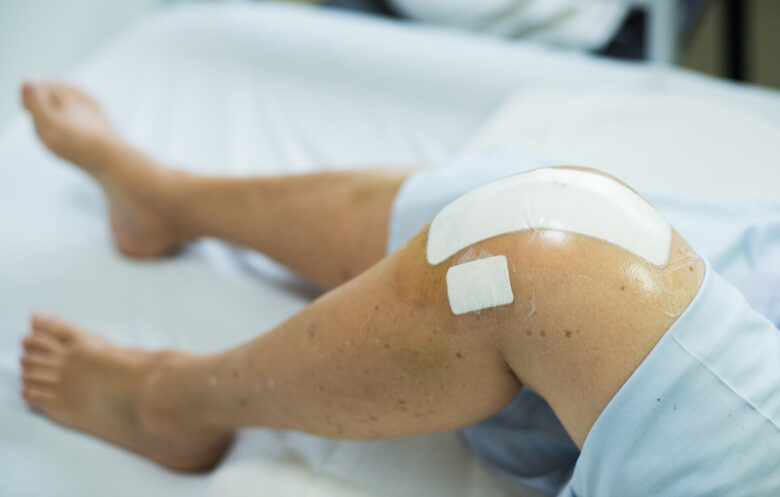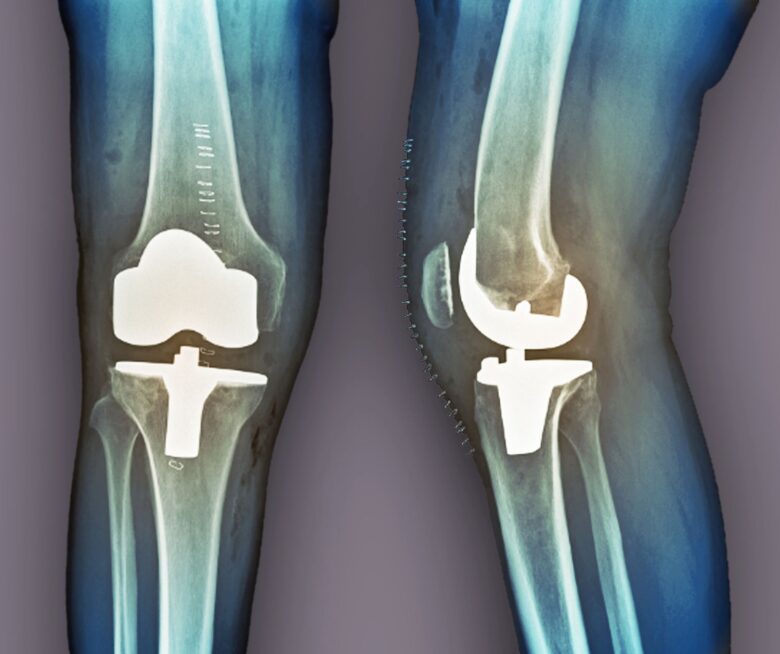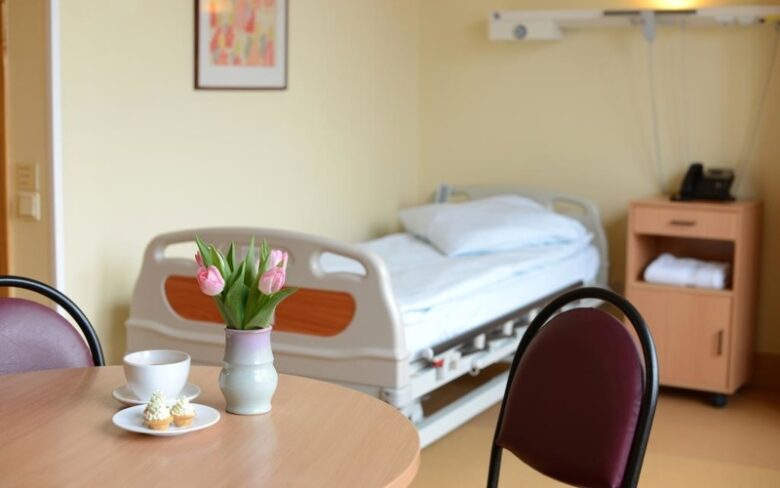Knee replacement surgery, or arthroplasty, is a commonplace surgical operation replacing damaged knee joint tissue and inserting a prosthesis. It’s usually the final option in people with severe pain, minimal mobility, and a poor quality of life.
However, while knee replacements are highly successful, surgeons will always try to preserve as much of the original joint as possible. The two available options are a total or partial knee replacement.
But what are the differences between these two procedures? Why choose one over the other? And what are the risks and success rates?
In this guide, you’ll find:
- Differences Between Total and Partial Knee Replacement Surgery
- Pros and Cons of Total Knee Replacement
- Pros and Cons of Partial Knee Replacement
- Surgery Indications
- Recovery and Success Rates
Differences Between Total and Partial Knee Replacement Surgery

The knee is comprised of three compartments: the medial compartment (inside the joint), the lateral compartment (outside the joint), and the patellofemoral compartment (in front of the leg). Some patients with osteoarthritis experience damage to a single compartment – typically the medial compartment.
Surgeons, therefore, can choose between two procedures depending on the severity of the disease:
- Total Knee Replacement (TKR): Involves removing and replacing the entire damaged joint surfaces with artificial components, including the medial, lateral, and patellar components, to restore the full function of the joint.
- Partial Knee Replacement (PKR): Also known as unicompartmental joint replacement, this procedure targets and replaces only the damaged compartment of the knee—either the medial, lateral, or patellofemoral—leaving healthy parts and preserving more of the patient’s natural structure.
In addition, a TKR also involves the removal of all ligaments within the joint compared to a PKR, where the anterior and posterior cruciate ligaments are preserved – key to preventing joint rotation.
Pros and Cons of Total Knee Replacement
There are benefits and risks associated with the complete removal of the joint surfaces. While both operations carry risks, these differ depending on the procedure’s invasiveness.
Pros
- Comprehensive Pain Relief: Total knee replacement offers extensive relief from arthritis pain throughout the entire joint, significantly improving the patient’s quality of life.
- Restored Functionality: It enables patients to regain function and mobility in a severely damaged joint, often allowing them to resume daily activities and low-impact sports.
- High Success Rate: Total knee replacements have a high success rate, providing long-term solutions for joint problems, with many lasting 20 years or more.
Cons
- Longer Rehabilitation: The recovery process is typically longer and more intensive than for partial replacement, requiring a significant commitment to physical therapy.
- Risk of Complications: Although rare, the procedure can lead to complications such as infection, blood clots, or implant wear and loosening, potentially necessitating revision surgery.
Pros and Cons of Partial Knee Replacement

Partial knee replacement surgery takes a more conservative approach – preserving more healthy tissue and reducing recovery times. But that does carry future risks – and isn’t even an option for some patients.
Pros
- Faster Recovery: Patients typically experience a quicker recovery time with partial knee replacement compared to total replacement, allowing a return to normal activities sooner.
- Less Invasive: The surgery is less extensive, preserving more of the patient’s natural structures, which can result in better joint function and feel post-surgery.
- Preservation of Knee Bone and Tissue: Only the damaged section of the joint is replaced, helping to maintain more natural mechanics and function.
Cons
- Potential for Further Surgery: If arthritis develops in other parts of the knee, additional surgery may be required in the future, possibly leading to a total joint replacement.
- Not Suitable for All: Partial replacement is not an option for patients with extensive arthritis or when multiple compartments are affected, limiting its applicability.
Knee Surgery Indications

Total knee replacement (TKR) is the standard option in the majority of cases. While the majority of patients have some form of osteoarthritis, individuals with rheumatoid arthritis, gout, or injury are suitable for a TKR. In such conditions, the affected area almost always involves two or more compartments, ruling out the possibility of a PKR.
On the other hand, selecting good candidates for a partial replacement requires following a set of criteria. These criteria include:
- Older than 60 years old
- Less than 180 lbs
- Less active
- Has a good range of motion before surgery
- Has minimal deformity
Recovery and Success Rates
Total and partial knee replacement surgery are two of the most successful surgical procedures available. With tens of thousands of completed operations, patients can expect long-term pain relief and restored mobility.
According to the research, total replacements have a 90-95% likelihood of providing pain relief and a 1-2% complication rate. Around 90% of prostheses will be functional and satisfactory 20 years after the surgery.
Partial replacements are less common, however, resulting in less available data. The existing studies indicate that 90% of implants are functional after 10 years, and about 70% are functional after 25 years.
Choosing Kardiolita Hospital

Kardiolita Hospital is a world-class orthopaedic institution with a renowned record of accomplishment. Our experienced team of surgeons performs hundreds of total and partial knee replacement surgeries annually. We review all our patients, discussing the two options and the best outcomes.
With our comprehensive pre-operative assessment, including blood tests and knee X-rays, we ensure the highest standards of safety and precision in our procedures.
Don’t let knee pain hold you back from living your best life. Trust Kardiolita Hospital’s expertise to guide you through a successful knee replacement journey. Contact us today to schedule your consultation and take the first step toward a more active and comfortable future.

